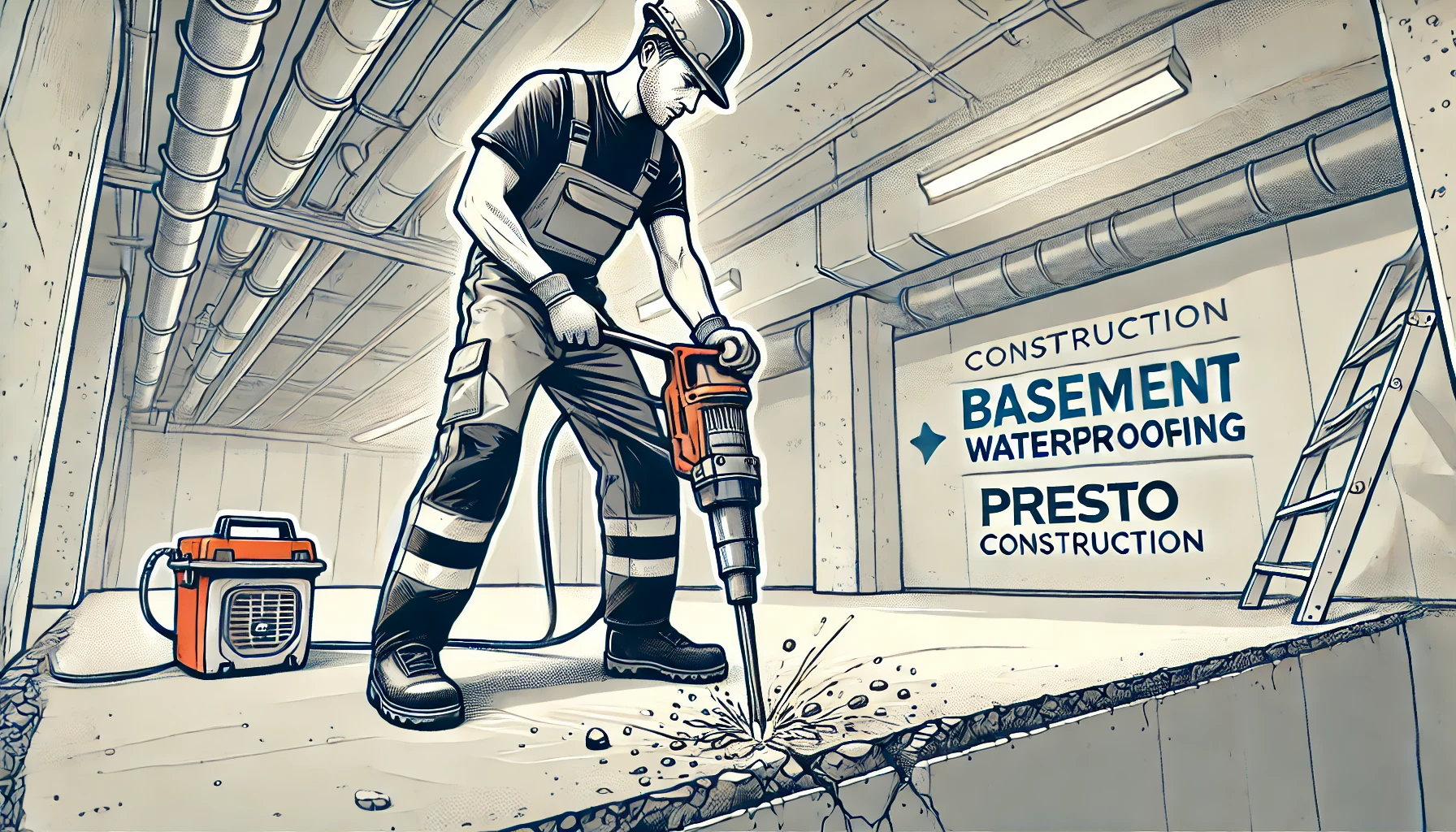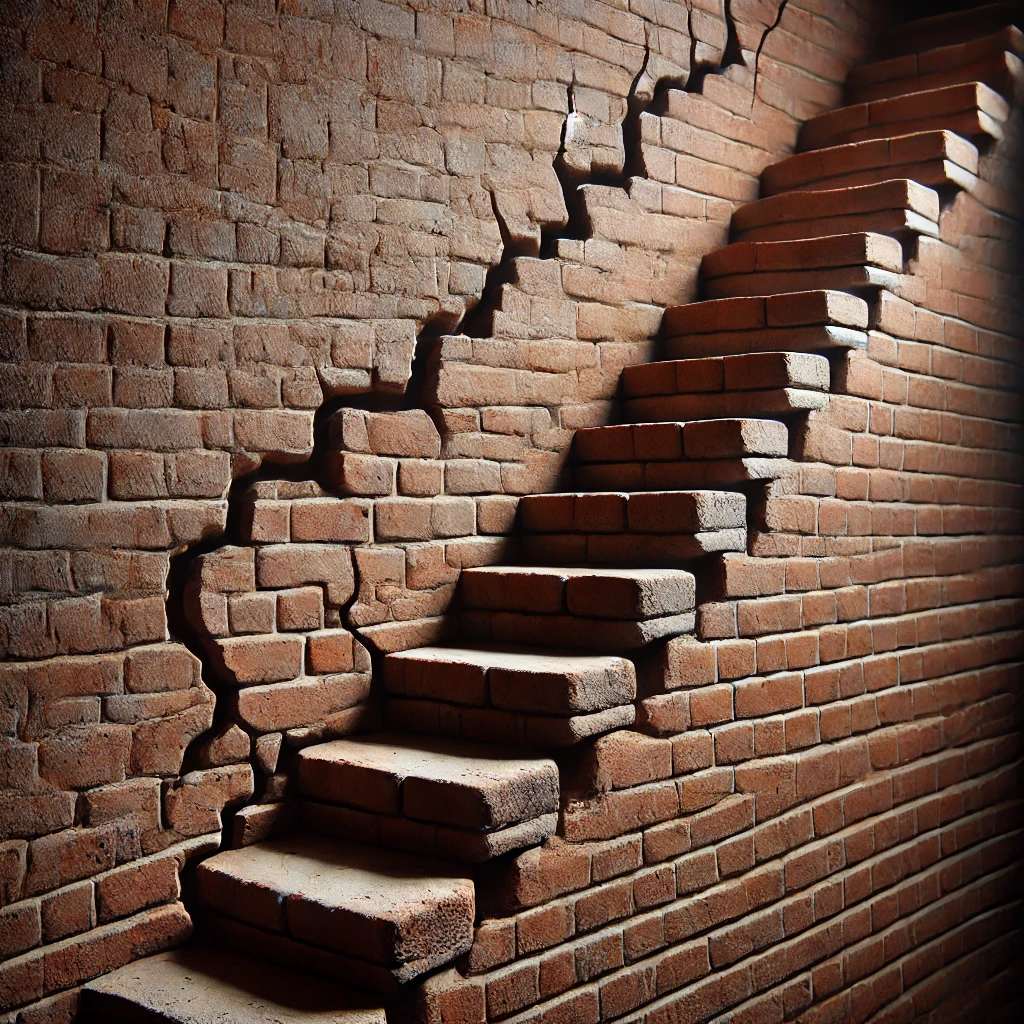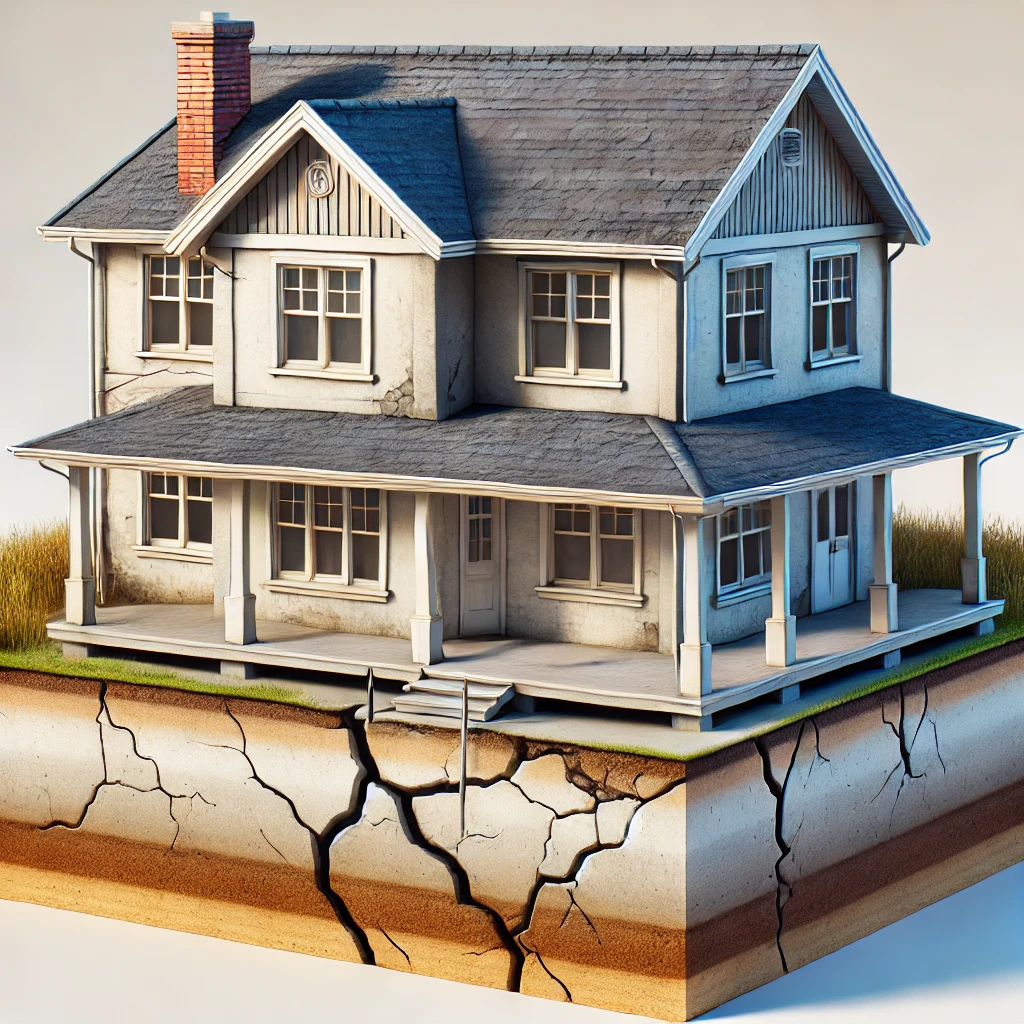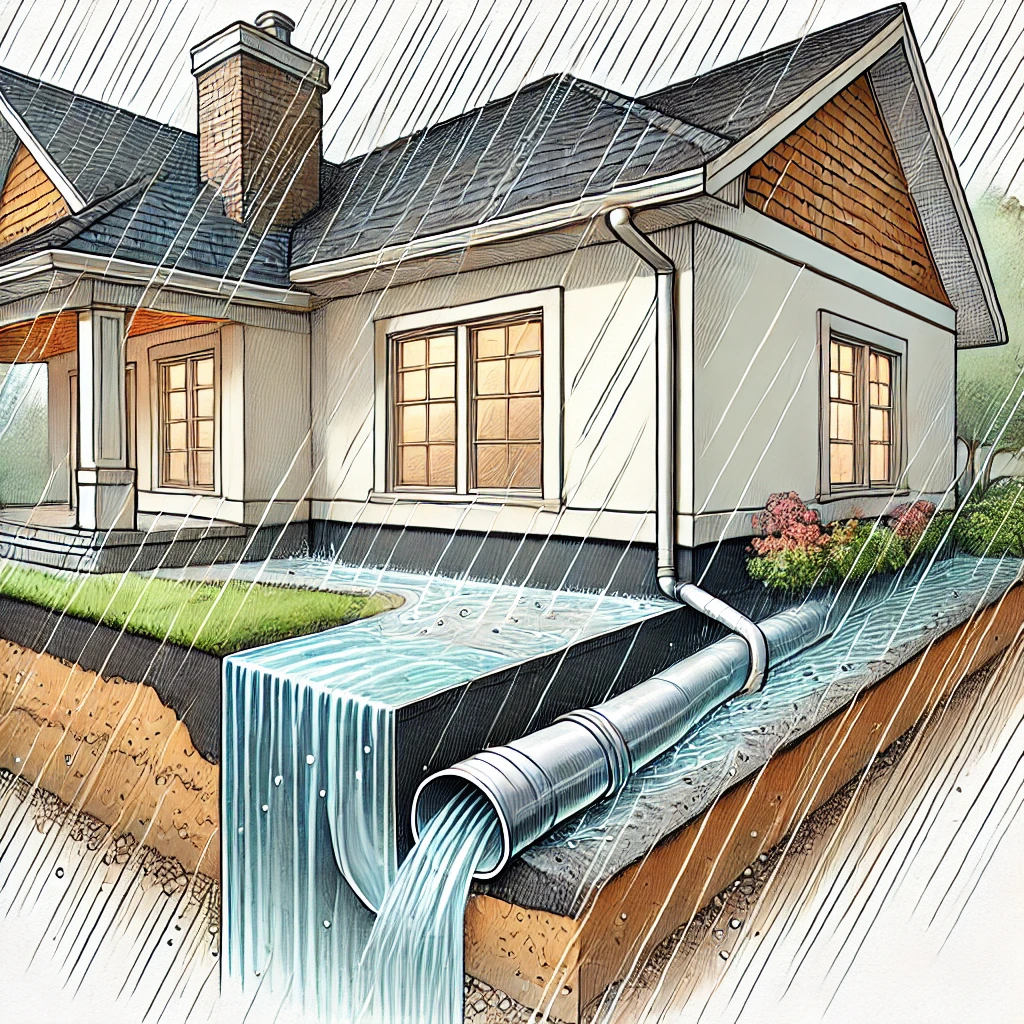The foundation is one of the most critical components of your home. It supports the structure and ensures that your house remains stable and safe. However, foundation problems can develop over time, leading to significant damage if not addressed promptly. Recognizing the early signs of foundation issues is crucial to prevent costly repairs and maintain the structural integrity of your home. This guide will help you identify common foundation problems and understand their implications.
1. Understanding the Importance of Foundation Integrity
The foundation of your home provides the base on which everything else rests. A strong foundation ensures that your house remains level and structurally sound. When foundation issues arise, they can cause a cascade of problems throughout your home, including cracks in walls, uneven floors, and even issues with plumbing and doors.
Tip: Foundation problems are a serious concern that can affect the entire structure of your home. Recognizing early signs is essential.
2. Common Signs of Foundation Problems
Foundation problems often present themselves in subtle ways. Here are some common signs to look out for:
Cracks in Walls and Floors
Cracks are one of the most obvious indicators of foundation issues. While minor hairline cracks can be due to normal settling, larger or widening cracks may signal a more serious problem. Pay attention to:
- Horizontal cracks in walls: These can indicate excessive pressure on the foundation walls.
- Stair-step cracks in brickwork: Commonly seen in homes with brick exteriors, these cracks can be a sign of foundation movement.
- Cracks in the floor: Particularly if they appear in concrete slabs, these may indicate foundation settling.
Doors and Windows That Stick
If you notice that doors and windows are suddenly difficult to open or close, this could be a sign of foundation movement. Misalignment occurs when the foundation shifts, causing frames to become uneven.
Uneven or Sloping Floors
Floors that are no longer level are a clear sign of foundation issues. You might notice that furniture leans or that there is a noticeable slope when walking across the floor. This can be caused by foundation settling or structural damage.
Gaps Around Window Frames and Exterior Doors
Gaps between walls and window or door frames can suggest that the foundation is shifting, pulling the frames apart from the rest of the structure. These gaps can also lead to drafts and increased energy bills.
Bowing Walls
If your walls appear to be bowing or bulging, this is a significant red flag. Bowing walls are often the result of external pressure on the foundation, such as soil expansion due to moisture.
3. Causes of Foundation Problems
Understanding what causes foundation problems can help you prevent them. Common causes include:
Poor Soil Conditions
Soil plays a significant role in the stability of your foundation. Expansive soils, which expand when wet and shrink when dry, can exert pressure on the foundation, leading to cracks and movement.
Inadequate Drainage
Water is one of the most common causes of foundation issues. Poor drainage can lead to water pooling around the foundation, which can erode the soil and cause the foundation to settle unevenly.
Tree Roots
Large trees planted too close to the home can cause foundation problems. Tree roots can grow under the foundation, causing it to shift or crack.
Plumbing Leaks
Undetected plumbing leaks, particularly those under the foundation, can saturate the soil, leading to foundation movement. Regularly inspecting your plumbing system can help prevent this issue.
4. How to Inspect for Foundation Problems
Regularly inspecting your home for foundation issues can help you catch problems early. Here’s a step-by-step guide:
Walk the Perimeter
Start by walking around the exterior of your home. Look for visible cracks in the foundation, as well as gaps between the foundation and the soil. Check for any signs of sinking or shifting.
Check Interior Walls and Floors
Inside your home, inspect the walls and floors for cracks. Use a level to check if the floors are even. Pay attention to any doors or windows that have become difficult to operate.
Monitor for Changes Over Time
Foundation problems often develop gradually. Take note of any changes you observe over time, such as cracks that are getting larger or floors that are becoming more uneven. Keeping a log of these changes can help you track the progression of foundation issues.
5. When to Call a Professional
While some minor foundation issues can be monitored, significant problems require professional intervention. If you observe any of the following, it’s time to call a foundation specialist:
- Large or widening cracks
- Bowing walls
- Significant sloping of floors
- Persistent water pooling around the foundation
A professional can conduct a thorough inspection and recommend the appropriate course of action, whether it’s monitoring, repair, or more extensive remediation.
6. Preventive Measures to Protect Your Foundation
Taking preventive steps can help protect your foundation from damage. Here are some tips:
Maintain Proper Drainage
Ensure that your gutters and downspouts are clear and direct water away from your foundation. Consider installing a French drain if water pooling is a consistent problem.
Manage Vegetation
Keep large trees and shrubs away from your home’s foundation. If you already have large trees nearby, consider consulting an arborist to manage root growth.
Monitor Soil Moisture
In areas with expansive soil, it’s important to maintain consistent soil moisture levels around your foundation. Avoid allowing the soil to become too dry or too saturated.









Leave a Reply